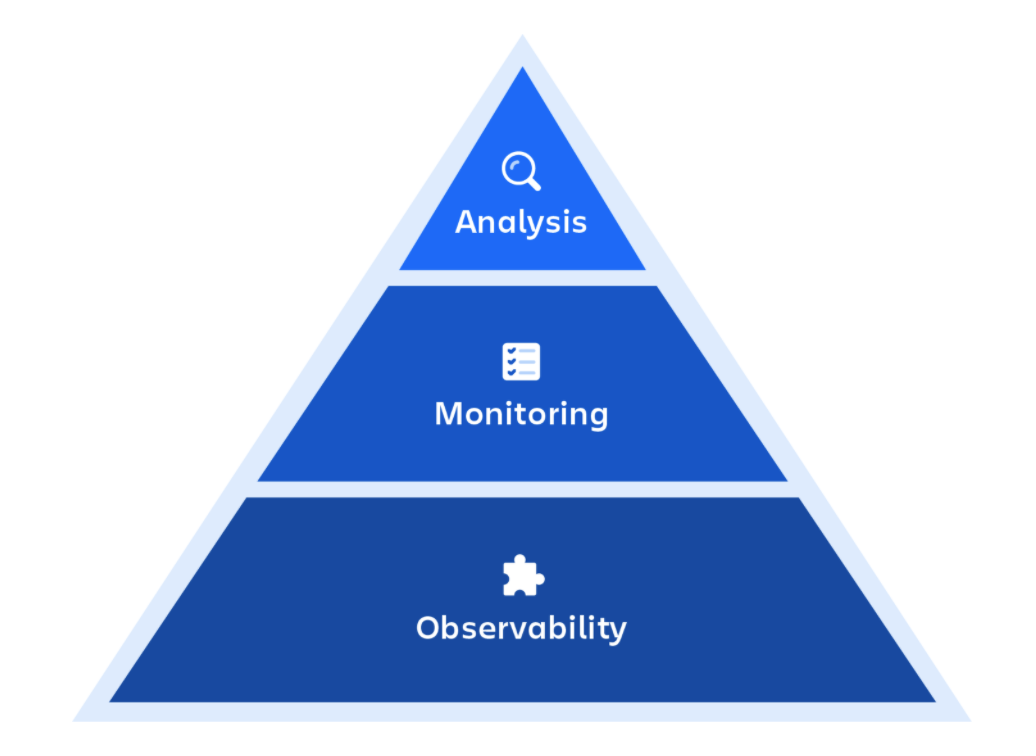By all measures, 2017 could be said as the year of algorithms. Even the most non technological of us came to know about AI and the potential influence of AI algorithms in our lives, especially in the future, if the trends are to play out. Algorithms are nothing but a formula or a procedure to solve a problem. Algorithms are used in computer software to determine the steps that can be followed to solve a problem – for example, ‘How do I go from Boston to New York’, or ‘Call a Uber’. Recently a class of algorithms called learning algorithms have been getting a lot of attention, primarily driven by the attention to things like self-driving cars, recommendations that we get in Amazon, the price that we pay for things online like airline tickets, etc.
But we humans are not robots: our thoughts, actions and choices guide our life, and from the automatons driven by our past impressions unwinding, to a proactive conscious life powered an inner beacon. So is there an algorithm that guides our being?
During the past two decades, I have been a technology professional and a spiritual aspirant, and have found from my experience that there are 3 expanding states of being that base our thoughts, actions, inner conditioning, and hence our lives – Reactive, Mindful & Heartful.
The Reactive State
Most of the time, especially in today’s attention deprived information age, we are in a reactive state. We get pummeled by our external environment, ranging from the news to twitter feeds, and our duties and obligations, which all require quick choices, and hence quick reactions. In a recent study it was found that the attention span of humans is shorter than that of a goldfish. It was revealed by that study that our attention span has fallen from 12 seconds in 2000 to 8 seconds after the smartphone revolution, whereas Goldfish are going great with a 9 second attention span! This attention span renders us unable to look at any situation in depth, and the resultant behavior could range from reactions (driven by the collective cognitive bias) to potentially being pushed over the edge causing destruction to the self or others.
Our lives are an expression of impressions, as that genius Ram Chandra, or Babuji remarked. We form numerous subtle layers of coverings through our thoughts and actions, and over a period of time these become hardened tendencies that dictate how we react to a situation, or simply how we see life – much like the windshield of a car that accumulates coverings from the journey, and make visibility hard, or like a filtered glass that hides the real nature.
In the reactive state, there is no sense of control or even awareness. If we observe our own thoughts, say sitting in the airport or waiting in a doctor’s lounge, we will find that we are constantly judging those that are around us – from the way someone looks or dresses, to their gait and manner. We instantly conclude who someone is even though we hardly know them. While some of these reactions have their roots in the autonomous physiological responses embedded in our brains with evolutionary origins, most are simply thoughts arising from the multitude of impressions that we perceive as they cross the field separating our subconscious with the conscious. When we ‘act’ on these thoughts they become ‘reactions’ and these reactions form further impressions and so on.
The Mindful State
If we are lucky, at some point in our lives, we become aware of this automatic life we lead, and embark on a journey of discovery. This could be as simple as starting a new hobby, becoming more conscious of our eating, practicing random acts of kindness, or starting to meditate. This is probably the first ‘shift’ that we experience in our consciousness and we start to become more aware of our thoughts and actions. While practicing and living in a mindful state, we become observers, and in a non-judgmental way attempt to be ‘in the moment’. It is a conscious act of awareness, and willfully being ‘present’, without direction from the past or expectations of the future. In this state, we open up to being sensitive for the first time. Often a practice of meditation opens us to this new state of being.
In this state, we find that this often becomes a means to do more fully what we are already doing, meaning working, eating, exercising, parenting or even spending mindfully. As professionals, we often talk about being ‘in the zone’, when we are free from distractions and the actor and the action become one, with the underlying forces of creation as the foundation. But what transforms this from being just a ‘technique’ that can be practiced as effectively by a software engineer to write better code and a sniper becoming a force of unimaginable destruction for his target through this single minded focus and attention, to a state of being that has the compass of uplifting values of kindness, compassion and above all Love, which could result in overall individual and communal well-being?
This link is the Heart.

The Heartful State
Oh! joy for he who has escaped from this world of perfumes and color! For beyond these colors and these perfumes, these are other colors in the heart and the soul.
– Rumi
What you think of, so you become, reminds the old adage. So it is but natural that a practice that attempts to raise our consciousness from the mundane and mechanical to the divine and loving, have the heart as the focus.
So, what does this heartful state feel like?
“It is all about shifting consciousness to a state of poise and stillness that is responsive from the heart rather than reactive from the mind. Also to move from selfishness to selflessness, from aggression to acceptance, from fear to courage, from being to non-being, transcending religion, transcending spirituality, and going beyond bliss and everything. It is about connecting ourselves with the Source, where there is no worry about me and mine.” – Daaji
Responsive Transformation
The transformations that take place in this journey from impression-reactive to heart-responsive are subtle but very meaningful and have the capacity to alter a life’s course. Impulses are real. We can never be in control of our situations. But the response is up to us, and often are the difference between a life of fulfilment and joy vs otherwise.
Anger -to- reflective action
It is but natural to be angry, but when it is not controlled, often is destructive; Attachment leads to desire; unfulfilled desires lead to anger (The Gita, Ch.2). At the root of almost every burst of uncontrolled anger is the inability to be in control of a situation. With training, it is possible to develop the ability to be aware of ones own reactions and learn to transcend the moment before it gets out of control. The practice of remaining in attentive to disturbing thoughts during meditation, or learning to let go without judgement during cleaning help us develop these very abilities. And when we are able to transform anger into reflective action, often we find that the results are fantastic. The same cause that led to weakness and regret now becomes our confidence and strength.
Greed, Ambition and Competition -to- Aspirations and Fulfilling a calling
There is this beautiful character in Chariots of Fire, the movie about the 1924 Olympics, where Eric Liddell says, “I believe God made me for a purpose, but he also made me fast. And when I run I feel his pleasure.” It is a common experience that whenever one achieves a material goal, or raises at any cost, there is almost always a void, the heaviness of selfishness weighing down on the being. Whereas whenever we are on an aspirational path, getting past a milestone opens up further dimensions and is a liberating, uplifting experience. Developing the inner compass, and aligning our actions with that inner compass, by training to live consciously, helps us to develop living an aspirational life. This is possible when we train ourselves through practice to pay attention to that feeble voice inside our hearts – again a heart centered meditation practice goes a long way in helping with this.
Survival -to- meaning
“For the first time in my life I saw the truth as it is set into song by so many poets, proclaimed as the final wisdom by so many thinkers. The truth – that Love is the ultimate and highest goal to which man can aspire. Then I grasped the meaning of the greatest secret that human poetry and human thought and belief have to impart: The salvation of man is through love and in love.”, Victor Frankel says in that classic, Man’s Search for Meaning. Life has to mean more than just getting though the day. Only a transcendental purpose, and identification with that purpose at all levels, in an ever-expanding realm of existence, can provide for that. But how do perceive that love? Is it just the physical or emotional love that we experience in relationships, is it the passion for a purpose that often embodies missionaries, is it that state of being where the artist and the creation become one? Again the secret seems to be in being able to connect with the heart internally, and develop the ability to allow it to anchor one’s life. Then the magic happens, where we go from falling in love to rising in love with every breath, thought and action.
These are but a few examples of the types of changes one sees in this path. The path is infinite, experiential and is often the destination in itself.



